Discover the improvements of the Sepea Audio stabiliser card for the Studer A80 master tape machine.
The A80 stabiliser card is something you wouldn't think about upgrading. But Sepia Audio has made something really special which has to be experienced on such a legendary machine.
The Studer A80 is one of the most famous reel-to-reel machines in the world. Renowned for its delicate transport and amazing reproduction quality, its time on this earth is now legendary.
| Contents |
|---|
|
|
|
|
|
|
|
|
|
|
|
|
From Pink Floyd, Paul Simon, Queen to My Bloody Valentine and beyond, the A80 is still being used to record with and to also remaster classic albums at Abbey Road.
The electronics inside the A80 is discreet but also wonderfully simple compared to the later more advanced machines such as the A820 or the smaller A807 and A810.
Although all of the plug-in module cards are extremely well designed I wondered if there would be any room for improvement after 48 years? Well, there are plenty of people on the internet who wouldn't want to swap anything out from this machine but, when something is professionally made and is sympathetically designed for such a lovely machine you have to wonder, don't you?
With anything audio, my first port of call is always the power supply. Start at the beginning of the chain and work forward.
Discover more about the Tannoyista Studer A80
Who is Sepea Audio?
Sepea Audio is based in Slovakia and deals with high-end manufacturers of turntables and digital source equipment. They refurbish reel to reel machines such as Nagra, Stellavox, Telefunken and of course Studer. They also manufacture upgrades and, are a wonderful source of master tape recordings and blank media.
As well as the stabiliser card, Sepea Audio manufacture a full range of power and audio cards for the A80R, A80RC and A81 including playback, record and direct-out cards.
Chatting with Peter Sedlák - Managing Director and the chief engineer for Studer products, Peter Košnár, I put some questions to them regarding Sepea and the stabiliser card.
The Stabiliser Card
When we compare the original card to the Sepea card, the visual differences are quite apparent. Most of the card looks diametrically different to the original whilst some aspects remain pleasingly coherent. The main difference being the bank of x6 4700uf blue capacitors.
The adjustment of the voltage is relatively the same as the original card so nothing much has changed on that front which is great. No added complexity.
But, of course, visual differences are no reliable way of knowing if improvements have been made, so let's get on with what this card offers for those lucky enough to own such a wonderful machine.
Installation
First of all, the installation with the A80R machine is slightly different to the RC in that the card slots in behind the input/output module slot. Whereas the RC has its own facia slot (An RC version is also available).
The procedure is simple as Studer cards on the A80 are hot-swappable. Pull out the old card and plug in the Sepea card making sure the card travels on the guide rails. Once in, simply slot back the input/output card, twist the securing facia screws and you're done.
Ready to switch on?
Yes, but before we do, a few details about my A80R. It has had a full re-cap and is regularly serviced. All bearings have been replaced with high-quality types and are still good. The tape heads do have some wear but nothing which is detrimental to the sound. The machine dates from 1973 and has only 4300 hours on its clock which averages around 7.5hrs per year.
The machine is currently set up to RTM SM900 tape and I also use RTM LPR90 for those longer players. I only use new RTM tape.
Lacing up the machine
Lacing up the first tape, I was really excited. To be honest, I didn't know what to expect. The tape was a second-generation master copy of David Bowie's Hunkydory. The tape played and as the first notes played the difference wasn't really noticed but, as the tape moved on to the more dynamic sections of the tracks, that is where the magic started to peer through. "ooh, yeah!"
The sound developed, opened up with noticeable perceived bloom in the sound stage. There was also a noticeable difference in nuance, detail and air. It's safe to say that 'Subtle' is the word at this point but I felt there was more to come.
The A80 has always had the ability to engage you with the music like no other reproducer. If the recording is well done, it almost sucks you into the sound. There's a small amount of feeling which is lost with vinyl or digital rendering the sound less tactile. Let's face it, people... tape is the place to be.
With the Sepea Audio stabiliser card fitted, that amount of feeling increases, drawing you into a deeper sound.
My next tape was dubbed from a master tape back in 2010. The tape is Led Zeppelin 4, or Zoso.
The first lines of Robert plant's 'Hey hey mama...' has always given me the shivers. And Bonhams kick ass. The low-down beat of 'When the Levee Breaks' has always given that god-like awe. This tape has always been one of my favourites and I know it rather well.
On this occasion with the Sepea card in place, that 'ring' of the snares, that kick of the kick drum and Roberts haunting voice on 'The Battle of Evermore' really move things up a gear. As before, the nuances in the soundstage brings for a heightened expression of feeling.
With anything audio, a good amount of time is needed to get the full lowdown on the sound. I generally stick with a tape for a week or so before changing over to a different tape. Then, I change back a week after and re-listen. This gives a broader perspective on how burn-in is affecting things.
So, after playing the same tape, after a week of listening something started to happen which I was kind of expecting. The sound became more grounded and more solid, building upon that A80 sound in a more serious way.
Re-visiting Led Zeppelin, I found myself finding that little more soul and body. Not quite understanding if that was down to burn-in, a quick switch to another tape showed the same very pleasing phenomenon.
My next experiment was to swap over to the original stabiliser card but on the first play of Hunkydory, and then Led Zeppelin the difference was certainly noticeable.
The next thing to do was to do some simple recording. So, loaded up with SM900 I decided to record direct I2S digital with my Allo Revolution DAC. I have a few reference albums which I really enjoy and I use them for review purposes simply because of the quality of the recordings and the balance and separation of the instruments and effects. The first album is Shpongle's, Codex VI. If you like bass and things whizzing around the room then Shpongle and this album imparticular are hard to beat.
Upon recording, I set the volume around 5-5.5 on the PPM allowing for some headroom. To my astonishment, I witnessed an even blacker noise floor. The bass was 'floooohm'... rich and fat. There's something about recording on to tape. If you have a great digital source the sound of tape really grounds the music.
My next set of recording was Aphex Twin - Syro, Queen - A Night at the Opera - (DSD version), Monster Magnet - Spine of God and to finish, My Bloody Valentine - Loveless.
All of the recordings had that added layer of magic, openness and anchoring.
Conclusion
The A80 is a beautiful machine and I wouldn't try anything which hadn't had a specialist behind the R&D of any component. It's safe to say that the stabiliser card has been developed with the goal of improving the power supply and I wholeheartedly recommend it.
But does it damage the original soul of the A80 I hear you say? The answer is simple and resounding, No!... not at all. In a nutshell, with the Sepea in place builds soul.
By reducing the noise floor and allowing the rest of the hardware to perform with even less interruption is the key to any mains improvements. The card doesn't make anything sound clinical or overzealous in resolution. Nor does it produce a fake presentation, it simply builds on the A80s wonderful merits.
I'm very happy with the Sepea stabiliser. Their expertise in engineering really shines through.
It also makes me wonder what Sepea's playback and record cards could bring to this wonderful machine. If the rest of their range for the A80 is anything like the stabiliser then has to be worth it and I would be honoured to review them in the near future.
Fingers crossed.
Product and contact information
The stabiliser card can be ordered direct from Sepea, details below. The Stabiliser card is currently available for the A80R, RC and A81 machines.
Price: €264,00
Contact Sepea:

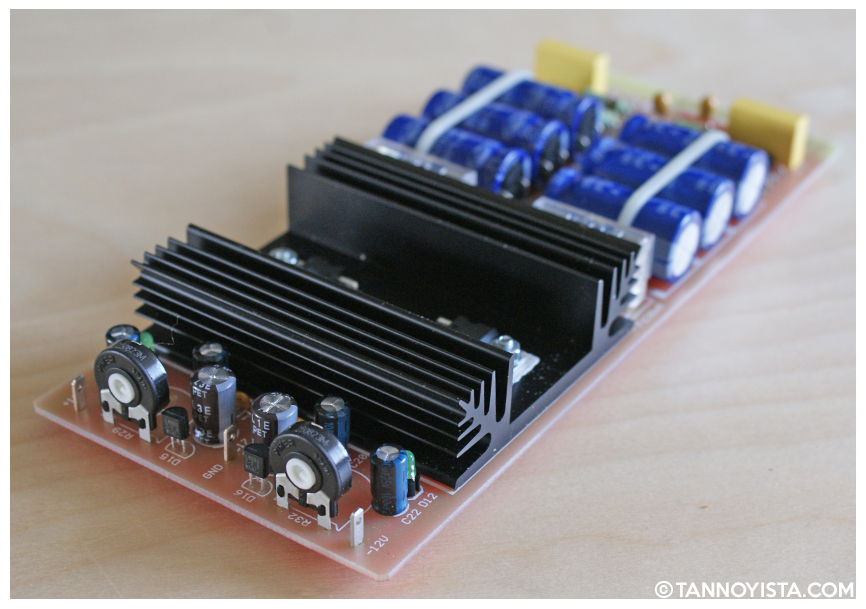



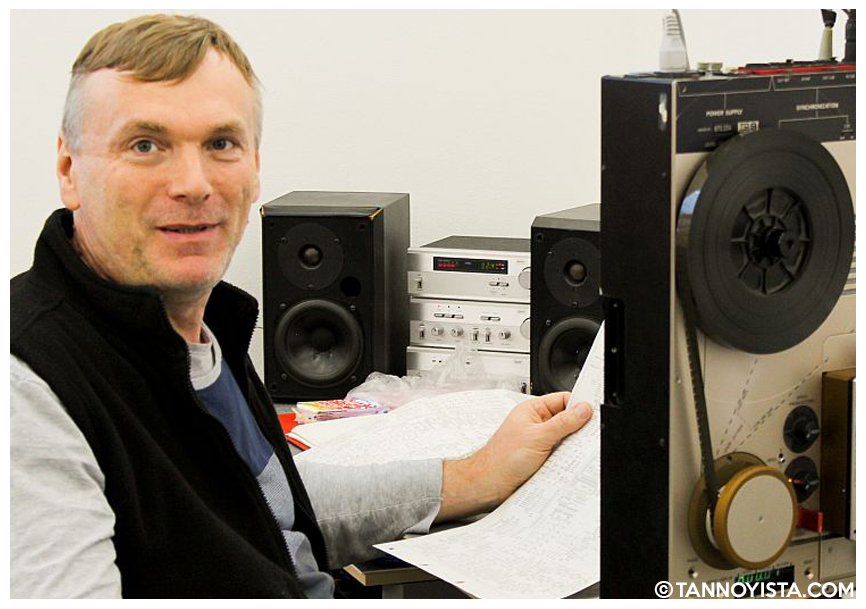



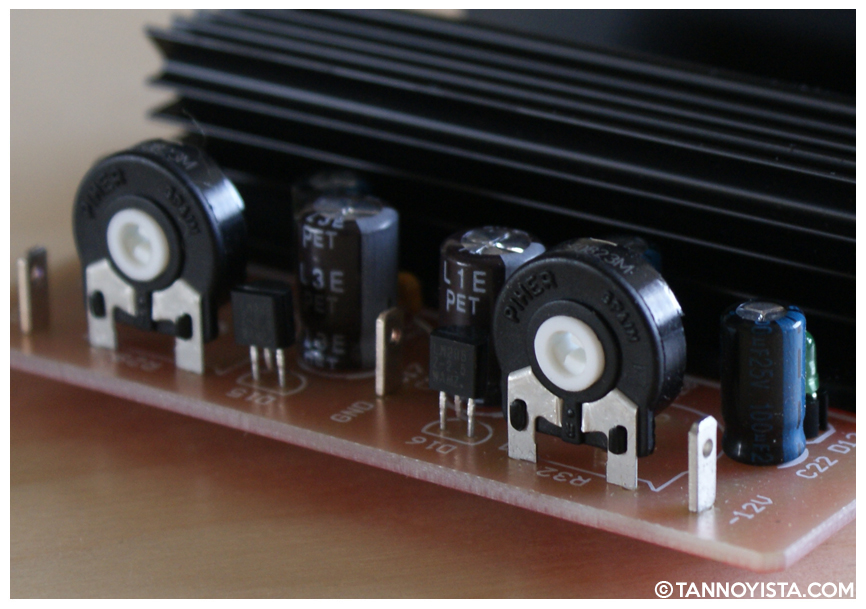
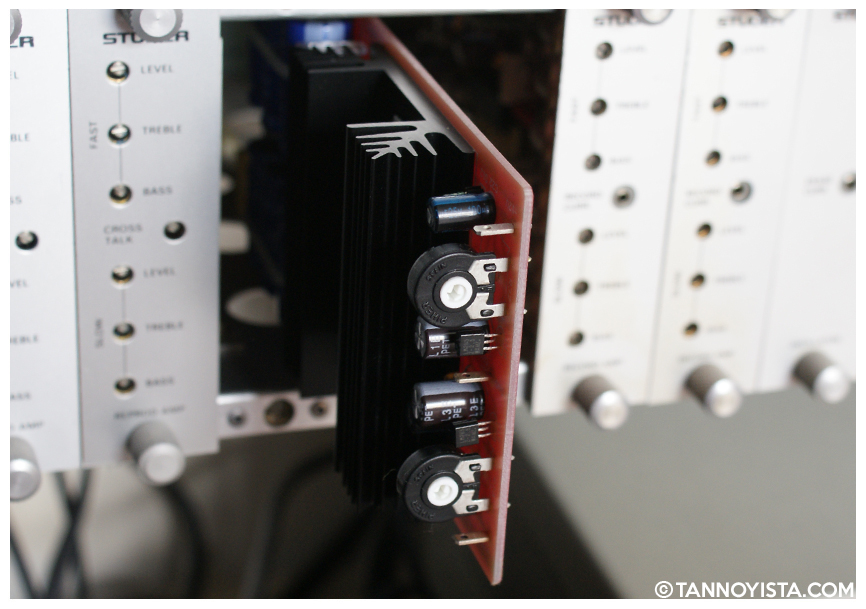
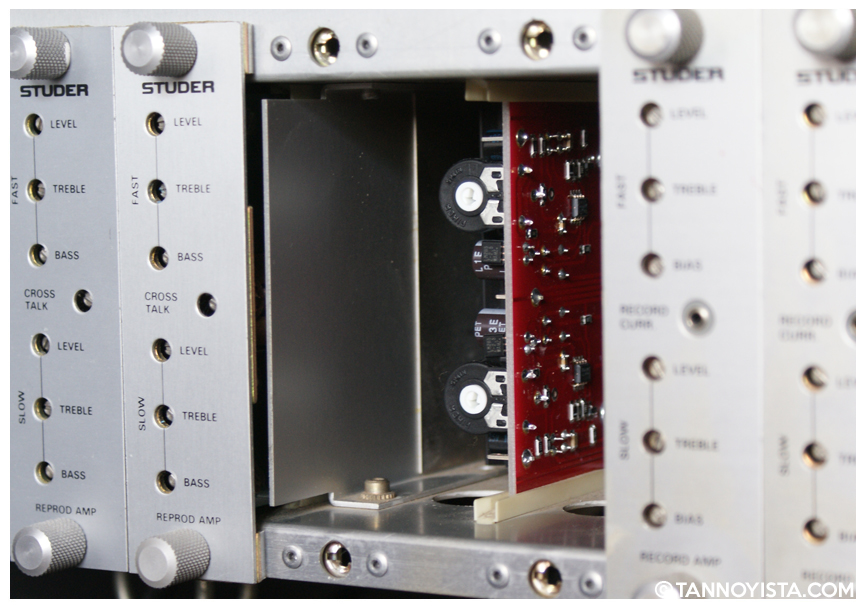
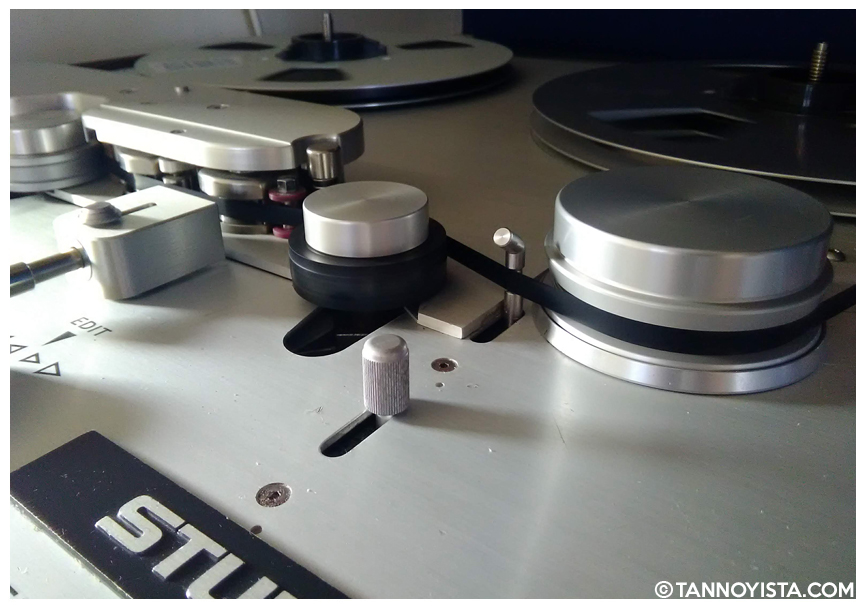
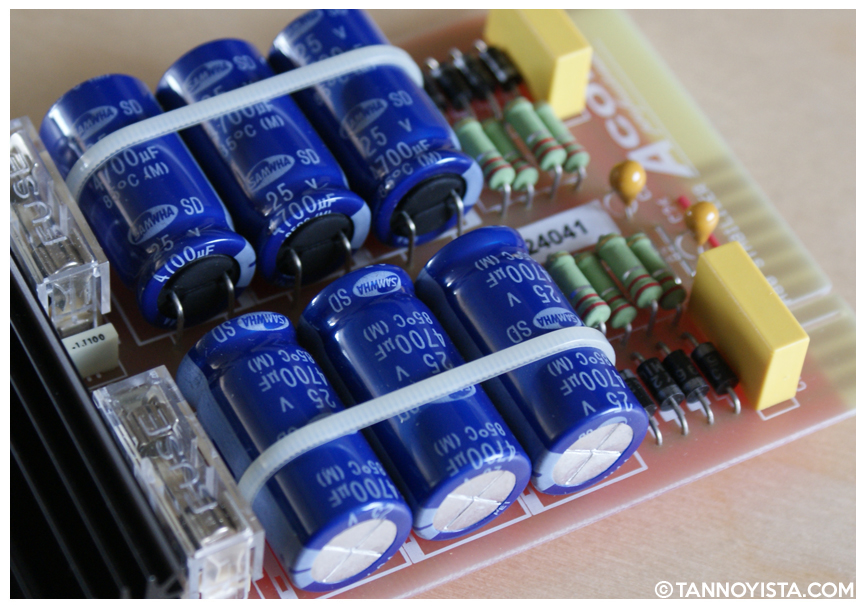
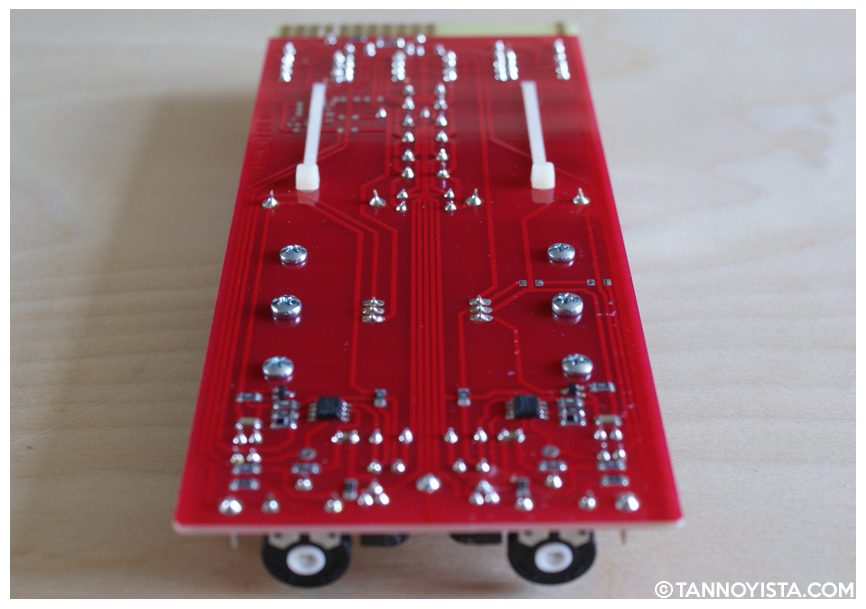





 All the photographs and images on this site are copyright.
All the photographs and images on this site are copyright.
0 comments